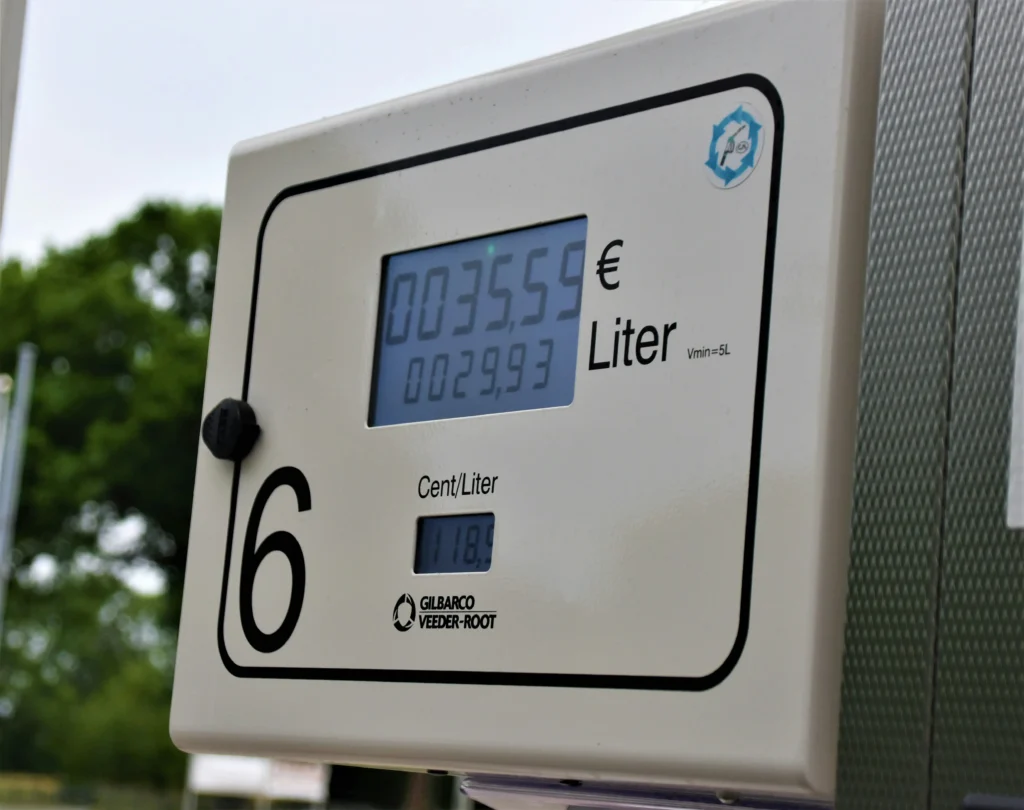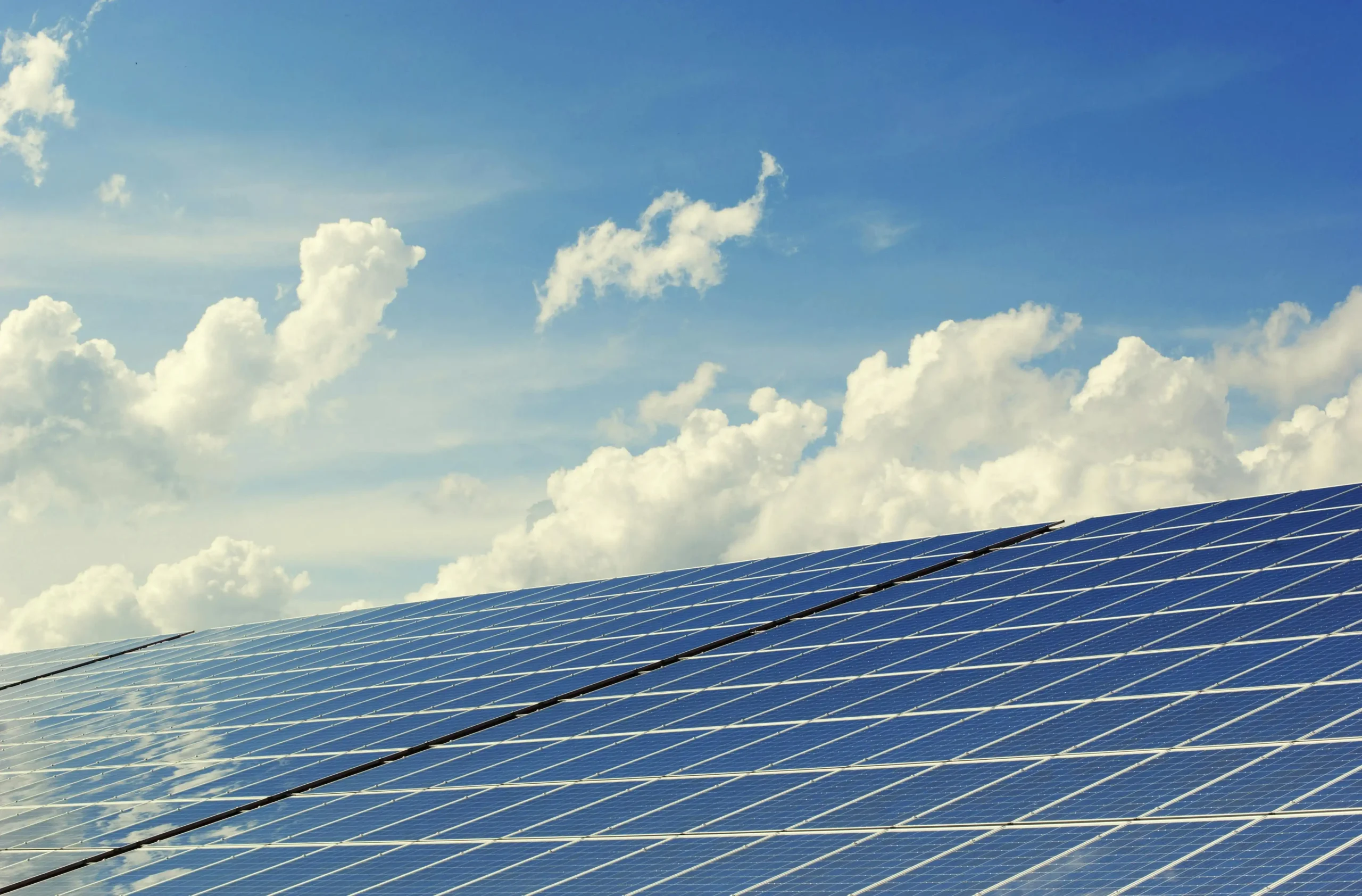Wondering how solar panels impact your monthly utility bills? You’re not alone. Understanding how solar energy works with your electric bill can be the key to maximizing savings and avoiding surprises. Let’s break it down in simple terms—without the tech jargon or energy-industry confusion.
How Solar Panels Affect Your Electric Bill
When you install solar panels on your home, you’re essentially becoming your own mini power plant. Your panels absorb sunlight and convert it into electricity that powers your home appliances—from your refrigerator to your air conditioning.
Here’s what happens:
- Daytime Production: During daylight hours, solar panels generate electricity by capturing sunlight and converting it into usable power. Any energy you use during this time comes directly from the panels.
- Excess Energy: If your solar system produces more energy than your home needs at the moment, that excess power is sent back to the electric grid.
- Nighttime/Cloudy Days: When your panels aren’t producing (like at night), your home pulls electricity from the grid—just like it did before you had solar.
But how do all of these back-and-forth exchanges show up on your bill? That’s where net metering comes in.
What Is Net Metering and How Does It Work?

Net metering is the billing arrangement that allows solar homeowners to receive credit for the extra electricity their panels send to the grid.
Let’s say:
- During the day, your panels generate more electricity than your home uses.
- Any excess electricity is transferred back to the utility grid for credit or future use.
- Your meter runs backward, and the value of that electricity becomes a credit on your account.
Then at night, when you’re using electricity from the grid, you’re using up those credits instead of being charged cash.
It’s kind of like a battery—except you’re storing value instead of energy.
“It’s so satisfying to see the credit roll over on our electric bill each month. We paid nearly nothing during the summer!”
— Jamie P., Solar Homeowner in Texas
Reading Your Electric Bill After Going Solar
Electric bills can be confusing even without solar. But once you add panel production and credits into the mix, it’s helpful to know what to look for.
Here are some common line items:
- Net Usage: The difference between the energy you used from the grid and what you sent back. This could be a positive number (you owe) or negative number (you have credit).
- Delivery Charges: Some utilities charge a small fee just for staying connected to the grid, even if your usage is net-zero.
- Minimum Bill: Even if your production exceeds your usage, some providers have a flat minimum charge.
- Solar Generation: This section shows how much electricity your panels generated during the billing cycle.
Your bill might also include a graph comparing past and current usage, along with how much solar helped offset your consumption.
Common Billing Scenarios With Solar Panels
Every home’s energy usage and solar setup is unique—but here are some typical situations:
High-Production Months (Spring/Summer)
- Your panels may generate more electricity than your home needs.
- You’ll likely earn net metering credits that can carry over to future months.
Low-Production Months (Winter/Fall)
- You may use more grid electricity due to shorter daylight hours or bad weather.
- If you saved credits earlier in the year, they’ll offset this usage.
Still Receiving a Bill?
Yes—most homeowners still receive an electric bill, but it’s much lower.
- You might still pay a base fee or delivery charge.
- You only pay for net usage if you used more than you produced.
Expert Insight: How to Maximize Savings
“You can lower your electric bill further by timing your usage with your solar production,” says Marcus Nguyen, a certified solar consultant based in California.
“To make the most of your solar energy, try using appliances like the washer, dryer, and dishwasher during the day when your panels are generating the most power. This helps minimize your reliance on electricity from the grid.”
Additional pro tips:
- Install a solar monitoring app to track energy production and usage.
- Adjust your thermostat during peak production hours.
- Regularly check and maintain your solar system to keep it operating at peak efficiency.
Frequently Asked Questions
Do I still have an electric bill with solar panels?
Yes—but in many cases, it’s greatly reduced. Most bills include at least a connection fee.
What if I produce more energy than I use?
You’ll typically earn credits via net metering that roll over to the next month.
How soon will I see savings?
Most homeowners notice a drop in their electric bills the very first month after activation.
Do solar panels work when the power goes out?
Not unless you have a battery backup. Grid-tied systems shut down for safety during outages.
Your Solar Bill: A Quick Look
| Element | Description |
| Net Usage | Power used – power produced |
| Delivery Fee | Cost to stay connected to the grid |
| Solar Credits | Value of excess electricity sent to the grid |
| Monthly Payment | Final amount due (often minimal) |
Final Takeaways
- Solar panels reduce your electric bill by generating clean energy for your home—and possibly for your neighbors.
- With net metering, you receive credits for the extra energy you generate, which can be used to offset what you pull from the grid.
- Your electric bill won’t disappear, but it can drop dramatically.
- Understanding your usage patterns, tracking production, and choosing the right billing plan can help you make the most of your solar investment.
Your panels are working even when you’re not thinking about them—and that’s a powerful way to save.

